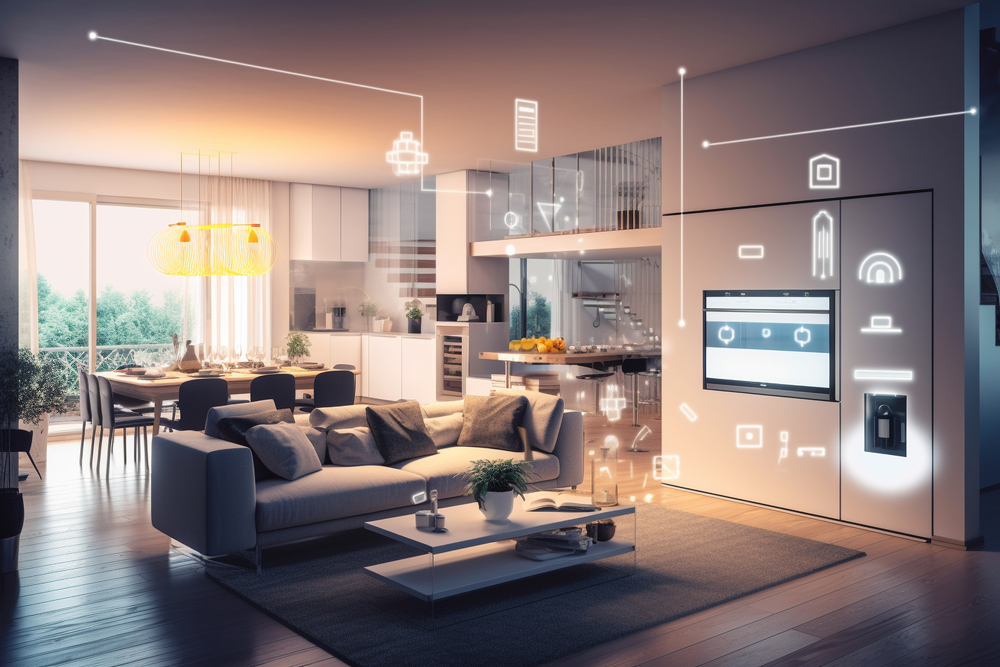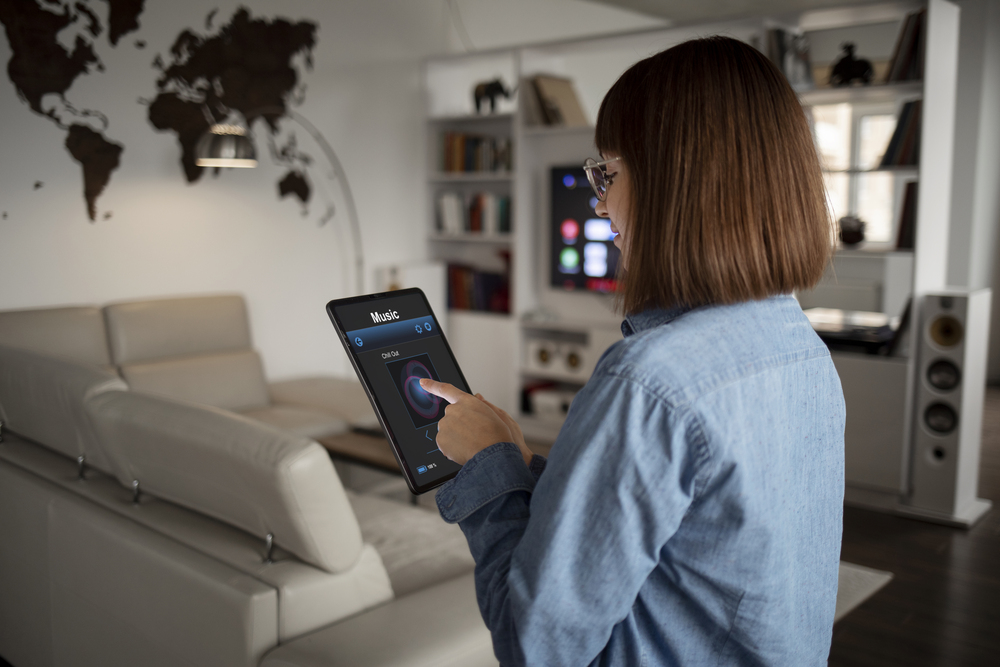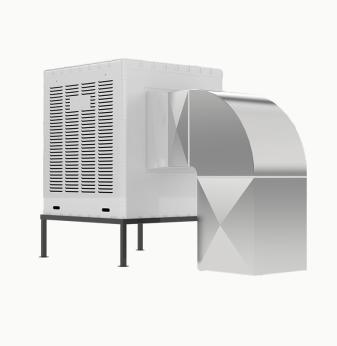The Future of Smart Homes: Key Trends Shaping 2025 and Beyond

Explore the latest smart home trends in 2025, from AI-powered automation to energy-efficient smart appliances. Learn how IoT, 5G, and security innovations are shaping the future of smart living.
How Smart Home Technology is Evolving
Smart home devices are no longer a luxury—they are becoming an essential part of modern living. From AI-driven assistants to advanced security systems, home automation is advancing at an incredible pace. The global smart home market is expected to reach $135 billion by 2025, driven by increased connectivity, AI integration, and sustainable solutions.
So, what’s next for smart home technology? Let’s explore the key trends that will shape the future of home automation.
1. AI-Powered Smart Assistants and Automation
Artificial intelligence is making smart home systems more intuitive and responsive. Virtual assistants like Amazon Alexa, Google Assistant, and Apple HomeKit are evolving to provide personalized automation.
How AI is Enhancing Smart Homes
- AI-powered assistants can learn user habits and automate lighting, heating, and entertainment systems.
- Natural language processing (NLP) improves voice recognition, making interactions smoother.
- AI-driven predictive maintenance alerts homeowners about potential appliance failures before they happen.
Example:
Google’s Nest Thermostat uses AI to learn household routines and optimize energy usage, reducing electricity bills.
Key Benefits:
- Personalized automation
- Improved voice control accuracy
- Energy savings through AI-driven adjustments

2. The Rise of Matter: Universal Smart Home Connectivity
One of the biggest challenges in smart home adoption has been device compatibility. Matter, a new smart home standard developed by Google, Apple, Amazon, and the Zigbee Alliance, aims to unify devices under a single protocol.
How Matter is Changing Smart Homes
- Enables seamless interoperability between different smart home ecosystems.
- Reduces the need for multiple hubs and apps.
- Improves security with end-to-end encryption.
Example:
Smart lights from Philips Hue, smart locks from Yale, and speakers from Amazon Echo will now communicate effortlessly using Matter.
| Feature | Impact on Smart Homes |
| Universal Compatibility | Eliminates ecosystem lock-in |
| Enhanced Security | Reduces hacking risks |
| Simplified Setup | Fewer apps, easier configuration |
3. Smart Home Security: Advanced Surveillance and AI Detection
Security is a top priority for homeowners, and smart home security solutions are becoming more advanced. AI-powered cameras, facial recognition, and real-time threat detection are transforming home security.
New Security Innovations
- AI-driven cameras detect unusual activity and send instant alerts.
- Biometric locks replace traditional keys for added security.
- Cloud-based monitoring systems enable remote access from anywhere.
Example:
Ring’s AI-powered video doorbells now differentiate between people, animals, and vehicles, reducing false alarms.
Key Benefits:
- Enhanced threat detection
- Remote monitoring via mobile apps
- Integration with police and emergency services
4. 5G-Powered Smart Homes for Faster Connectivity
With the rollout of 5G networks, smart homes will experience faster, more reliable connections. This technology will enable real-time data transfer between devices and improve automation efficiency.
How 5G Enhances Smart Homes
- Reduces latency, ensuring faster response times for voice commands.
- Supports high-bandwidth applications like 4K video streaming and AR/VR home setups.
- Enhances remote control of home appliances without lag.
Example:
Samsung’s SmartThings Hub is integrating 5G for real-time home automation and better cloud connectivity.
| Feature | Impact on Smart Homes |
| Ultra-Fast Connectivity | Eliminates lag in smart devices |
| Reliable IoT Communication | Ensures stability in automation |
| AR/VR Integration | Enables immersive home experiences |
5. Sustainable Smart Homes: Energy Efficiency and Green Tech
Sustainability is a growing concern, and smart home technology is shifting toward energy-efficient solutions. Home automation now includes smart energy monitoring, solar power integration, and water conservation tools.
Eco-Friendly Smart Home Trends
- Smart thermostats adjust temperature based on occupancy and weather conditions.
- Solar-powered home systems provide energy independence.
- Smart irrigation controls optimize water usage for gardens.
Example:
Tesla’s Solar Roof and Powerwall enable homeowners to generate and store their own energy, reducing reliance on traditional power grids.
Key Benefits:
- Reduced energy bills
- Lower carbon footprint
- Automated energy optimization
6. Smart Kitchens and AI-Enabled Appliances
The kitchen is becoming a hub of automation, with AI-powered appliances making cooking easier and more efficient. Smart ovens, refrigerators, and coffee makers can now learn user preferences and automate tasks.
Examples of Smart Kitchen Innovations
- AI-powered ovens recognize food and adjust cooking settings automatically.
- Smart refrigerators track expiration dates and suggest recipes.
- Voice-controlled coffee makers prepare drinks based on user preferences.
Example:
LG’s InstaView refrigerator suggests meals based on available ingredients and syncs with grocery delivery services.
Key Benefits:
- Reduced food waste
- Time-saving meal preparation
- Integration with grocery apps for automatic restocking
7. Health and Wellness Tech in Smart Homes
Wellness-focused smart devices are gaining popularity, helping homeowners monitor their health, air quality, and sleep patterns.
Health-Centric Smart Home Devices
- Smart air purifiers automatically detect and remove pollutants.
- Sleep trackers optimize bedroom environments for better rest.
- AI-driven fitness mirrors provide personalized workout recommendations.
Example:
Eight Sleep’s smart mattress adjusts temperature and tracks sleep quality to improve rest.
Key Benefits:
- Improved indoor air quality
- Better sleep and relaxation
- AI-powered health monitoring
What’s Next for Smart Homes?
As technology continues to evolve, the future of smart homes will be shaped by AI, 5G, and sustainability. Here are some upcoming trends:
- AI-powered home assistants with emotional intelligence
- Augmented reality (AR) for interactive smart home experiences
- Smart cities integrating home automation with urban infrastructure
According to a report by Statista, the smart home market is expected to grow at an annual rate of 15%, reaching over 500 million connected households by 2028.
Conclusion: The Smart Home Evolution
Smart home technology is advancing at an unprecedented rate, offering homeowners more convenience, security, and sustainability. AI-driven automation, universal connectivity with Matter, and 5G-powered solutions are set to redefine how we interact with our homes.
For companies developing smart home solutions, investing in AI, energy-efficient technology, and IoT-driven security will be key to staying ahead in the market.
Learn More:
Would you like to develop a custom smart home solution? Contact Promwad today and bring your smart home ideas to life!








